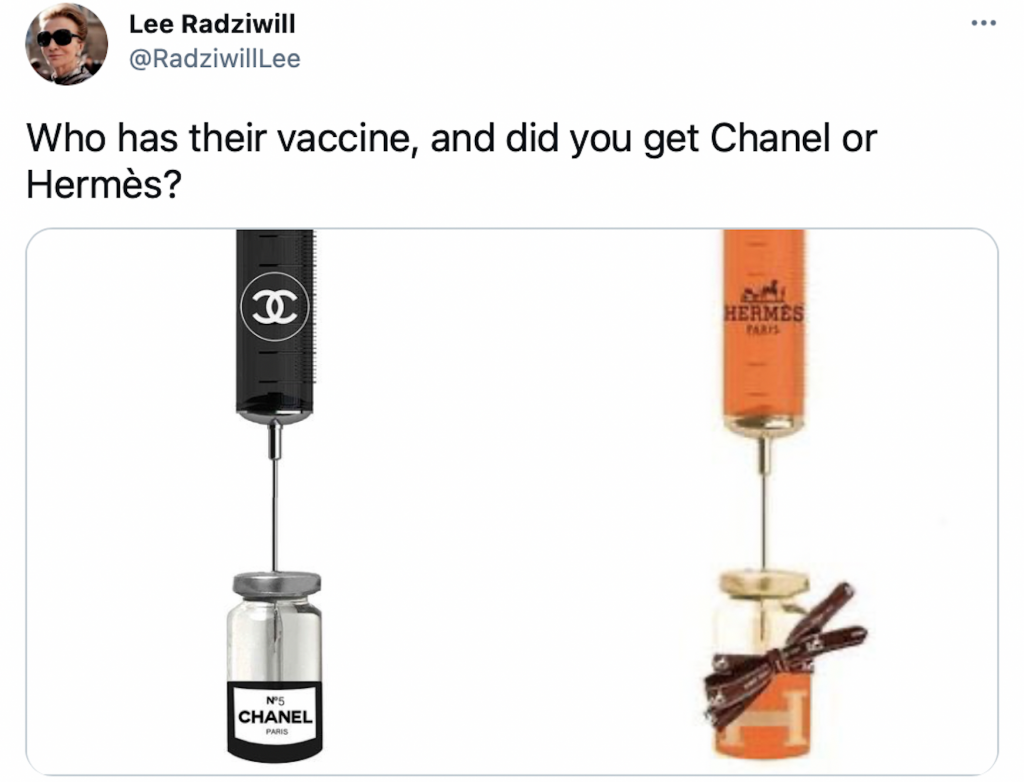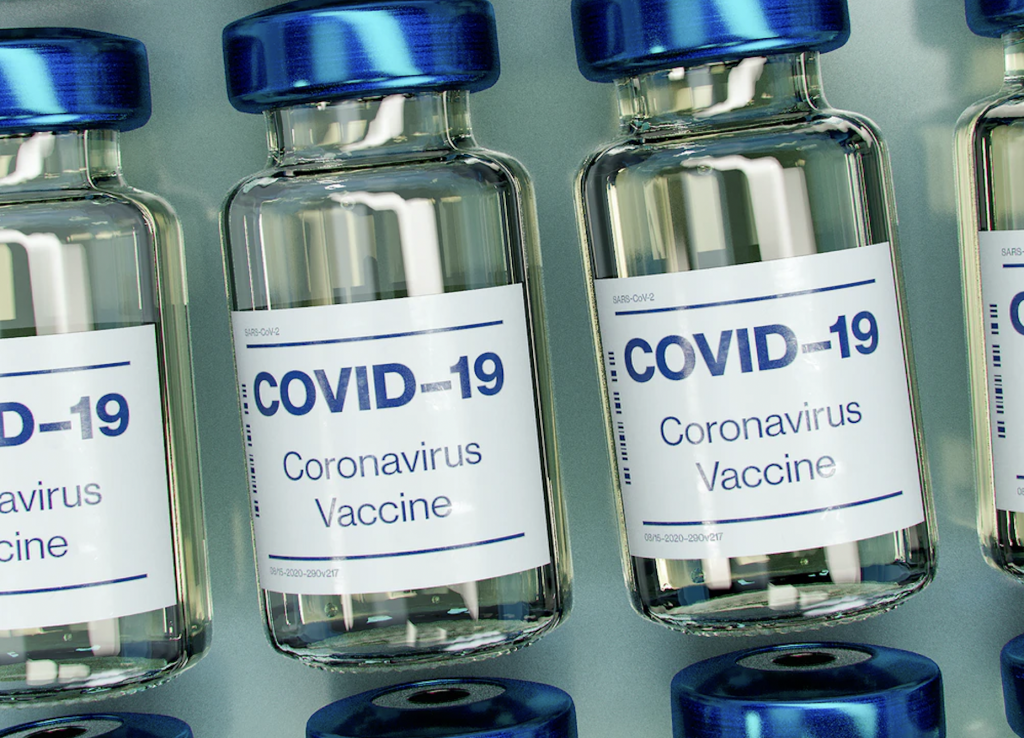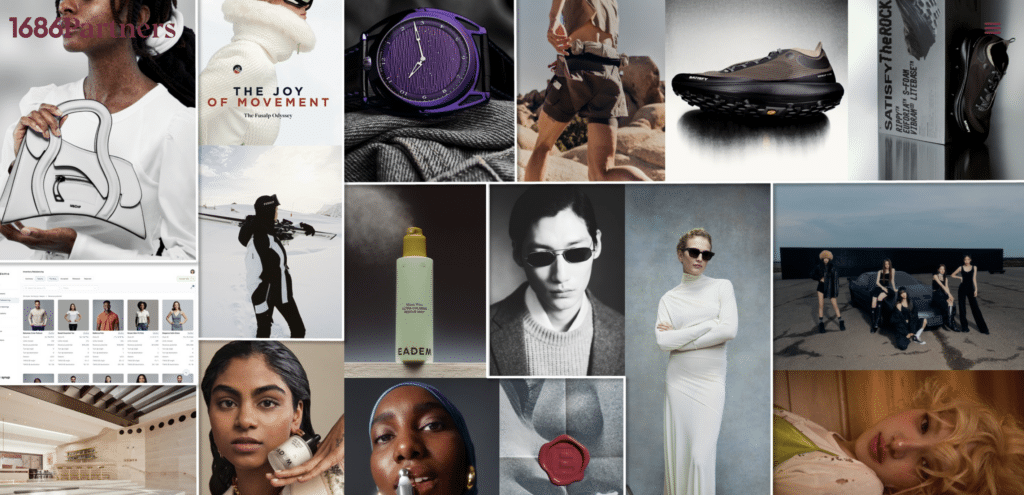Hermès has fared relatively well in the midst of a pandemic-ravaged market. Analysts celebrated the Paris-based brand when FY20 results were posted early this year, as the Birkin-bag maker’s revenues amounted to 6.39 billion euros ($7.7 billion) – down by just 6 percent, which is quite a bit less than rivals LVMH and Kering, which saw their 2020 sales fall by 16 percent and 18 percent, respectively. “To record only a 6 percent drop in sales after the most horrible year for the luxury industry ever was an outstanding result,” Bernstein analyst Luca Solca stated in a note in February, pinpointing a “better performance” in Europe, “a significantly stronger rebound” in Asia, and “high demand” for its products across the board as some of the “differences” between Hermès and its “weaker peers.”
In a separate note, Citi analyst Thomas Chauvet highlighted Hermès’ 20 percent revenue growth in Q4 and its record 37 percent increase in gross margins for the second half of the year, saying that the 184-year-old brand “appears to be in a different league” than similarly situated fashion brands. The same takeaway applied again this month when Hermès’ beat analyst expectations and its rivals in terms of revenue growth the first 3 months of the year (up 44 percent compared to the same time last year), which was “particularly noteworthy” given its decision not to raise prices in as aggressive a way as many other luxury players.
Elsewhere in the upper echelon of the luxury market, other entities have also performed well, all things considered. Like Hermès, which notoriously proves its worth in times of economic downturn and/or uncertainty, certain luxury automakers have stood out. Lamborghini, for instance, “had its most profitable year ever in 2020 and its second-best sales year in the brand’s history,” CNN reported this month, despite a sales drop of 11 percent on a year-over-year basis for 2020. The company’s results were boosted by what Bloomberg’s Hannah Elliott called “the right mix of six-figure SUVs,” which have proven a draw among Chinese car buyers, “and multimillion-dollar supercars.”
Meanwhile, fellow Italian automaker Ferrari’s sales were down by less – 10 percent compared to 2019, but thanks to a “record” Q4 results, the company’s results “exceeded full year guidance on all metrics.” And in case that is not enough, Ferrari revealed in February that orders for future cars were similarly at “record” levels.
The Latest Luxury Brand?
In the midst of the COVID pandemic, there appears to be another – albeit less traditional – standout player in the “luxury” sphere: Pfizer. The name of the New York-headquartered pharma giant has been likened to a coveted brand in its own right in a growing number of instances over the past several months, as the various vaccines have been brand-ified amid the increasing roll-outs and information campaigns. This is evidenced by the inundation of (unauthorized) “Pfizer” and “Moderna”-bearing merch on sites like Etsy, the comparison of the Pfizer-BioNTech vaccine to the likes of Hermès (even if light-heartedly), and of course, the enduring inquiry that you have inevitably heard (or posed): “Which vaccine did you get?”
It is not entirely clear whether the “what did you get” question is purely the most relevant of the small-talk comments and inquiries that usually center work or weekend plans, or whether it reflects some inherent preference as a result of the widely-publicized efficacy of the Pfizer shots, something that “has been in the news for endless of hours,” Manuel Hermosilla, assistant professor of marketing at the Johns Hopkins Carey Business School, told Quartz late last month. Either way, the question – which writer/cultural commentator Chris Black recently called “the newest obnoxious question sweeping modern social situations” – has, nonetheless, permeated conversations and placed an emphasis on brand in a way that is more traditionally used when talking about things like a handbag, watch or car.
All the while, memes that depict vaccine vials covered in Chanel and Hermès branding have circulated social media, a play, certainly, on the element of branding that has been attributed to the vaccines.

The brand-specific vaccine question also seems to indicate some underlying preference for one version versus others, even if the difference in effectiveness between Pfizer and Modern, for example, is largely negligible. The notion of preference – or that one “brand” of vaccine might be more desirable than another – has also been reflected among at least some vaccine-seekers. In the United Kingdom, the Washington Post reported that Pfizer has come to be called the “posh” vaccine, while in the U.S., it is not entirely uncommon for people to state a preference for the Pfizer doses, per Quartz, which noted in March that “according to marketing experts, Pfizer has emerged as the victor of the vaccine branding wars so far.”
While the notion of brand in the context of a vaccine for a globally-spanning and potentially deadly virus seems preposterous, as a culture that largely revolves around, relies upon, and identifies with brands – and as a result, prioritizes some over others – on a daily basis, the fact that this way of thinking would not be turned-off when it comes to things like vaccines is maybe not so surprising.
What Was the Impact?
Given the reported preference among many individuals for Pfizer-BioNTech doses and the company’s nabbing of the title of the first to secure U.S. emergency use authorization for a coronavirus vaccine, Pfizer appears, in some way, to be the luxury brand of 2021. The consideration of quarterly earnings or stock price as an indication of the strength of the “brand” at play, however, is not quite a simple for Pfizer as it is for say, Ferrari or Hermès. This is due, at least in part, to the fact that Pfizer’s business is simply much larger (Pfizer generated $41.9 billion in revenue in 2020, up 2 percent on a year-over-year basis), and its offerings are far more expansive, and require a far greater level of research and development than those in most market segments. Currently, Pfizer’s arsenal consists of name-brand drugs like Advil, Viagra, Zoloft, Lipitor, and Xanax; vaccines for things like pneumonia; gene therapy products; a slew of generic medications; and “new medicines and vaccines” currently in various stages of development, all of which stand to have a bearing on its bottom line and stock price.
As Keith Speights wrote for Motley Fool early this year, while 2020 should have been Pfizer’s year, the company’s shares actually slipped, making it a “surprising” stock market loser. “You can mainly blame disappointing clinical results for Ibrance,” which is a treatment for HR-positive and HER2-negative breast cancer, he says. Forbes also weighed in, stating that Pfizer – which holds the title of the world’s largest pharmaceutical company – has not been immune to changes in consumer behavior amid often-strict lockdowns. Part of the fall in the New York-headquartered pharma giant sales last year can “largely be attributed to the impact of Covid-19, which reduced doctors’ visits and delayed individuals from seeking care.”
According to most analysts, things will be looking up for Pfizer this year from a stock market and sales standpoint. Nasdaq revealed this week that “Pfizer and BioNTech are at the threshold of signing the biggest vaccine supply deal ever,” one that will see them supply “up to 1.8 billion doses” of their vaccine to the European Union. “If the full 1.8 billion doses of the vaccine are purchased, Pfizer and BioNTech stand to make more than 35 billion euros over the next couple of years, or around $42 billion at current exchange rates,” per Nasdaq, which is “great news for shareholders that Pfizer and BioNTech are likely to secure a significant revenue stream for the next two years.”
The Inevitable Role of Branding (and Rebranding?)
But what about the impact of the vaccine on Pfizer from a more intangible, branding perspective? “The commercial and branding implications of the company’s new-found prominence in the world of Covid treatment could be an enormous opportunity to … build brand,” among other things, Mark Ritson wrote for Marketing Week in February, noting that “the development and mass-manufacture of a Covid vaccine will likely become Pfizer’s finest hour, its biggest commercial opportunity and an enormous global boost to the company’s corporate brand equity.”
From a purely branding asset perspective, Pfizer recently launched “its first major rebrand in decades with a new logo, an effort to highlight the company’s shift from a diversified health care giant to one more focused on creating prescription drugs and vaccines that prevent and cure disease,” according to the Wall Street Journal. The Journal’s Alexandra Bruell notes that Pfizer’s introduction of a “new identity” comes as “consumers have garnered more positive feelings toward the pharmaceutical industry [throughout the pandemic], and shown an interest in how drugs and vaccines come to market, prompting historically reticent pharma giants to promote their corporate brands and communicate more openly about their internal processes.”
Pfizer is, of course, located smack-dab at the center of this.
Reflecting on the topic of brand value and equity, Brand Finance analyst Hugo Hensley says that Pfizer’s brand value – a metric that gauges “the value of the “names, terms, signs, symbols, logos, and designs” that a company uses to identify and distinguish its “goods, services or entities” from those of others – increased in 2021, presumably as a result of the vaccine. In terms of “Brand Strength,” a separate calculation that the London-based brand valuation consultancy uses to value brands, Hensley told TFL that “consumers only really started benefiting from the Pfizer vaccine in the new year,” which means that the Brand Strength Index score attributed to Pfizer “did not see the full impact of being the first effective vaccine.”
Nonetheless, Hensley says that it is “safe to say that Pfizer’s “Brand Strength” – which takes into account a company’s “marketing investment, customer familiarity, staff satisfaction, and corporate reputation” – will “improve, as a result of the fact that the vaccine has been shown to be safe, effective, and reliably delivered.”
In short, the value of the Pfizer-BioNTech “brand” and its impact on the larger Pfizer entity may not be easily quantifiable at this point, but is it difficult to deny that value, just as is it difficult to overlook the deeply-ingrained role that branding plays in the minds of consumers no matter the context. Professor Hermosilla told Quartz that “in the interest of getting through the pandemic, it is crucial to subvert our consumerist instincts for comparison shopping” – and exerting preference for one brand over another – “and heed the advice of health experts,” such as Dr. Anthony Fauci, who says that “the most important thing to do is to get vaccinated and not to try and figure out which one may be or may not be better than the other.”
At the same time, Hermosilla told Quartz that while he would have taken any vaccine that available, “he ‘was glad’ to receive the favored brand.”
UPDATED (May 4, 2021): Pfizer revealed on Tuesday that the vaccine, alone, generated $3.5 billion in revenue in the first three months of 2021, with the New York Times reporting that while “the company did not disclose the profits it derived from the vaccine, it reiterated its previous prediction that its profit margins on the vaccine would be in the high 20 percent range.” That translates “roughly [to] $900 million in pretax vaccine profits in the first quarter.” Meanwhile, Ferrari’s NYSE-traded shares fell 7 percent on Tuesday “after the company said it would hit its 2022 financial targets a year late due to Covid-19,” according to the Wall Street Journal, a slip that “highlights just how high the stakes are when a stock fetches more than 40 times prospective earnings.”














